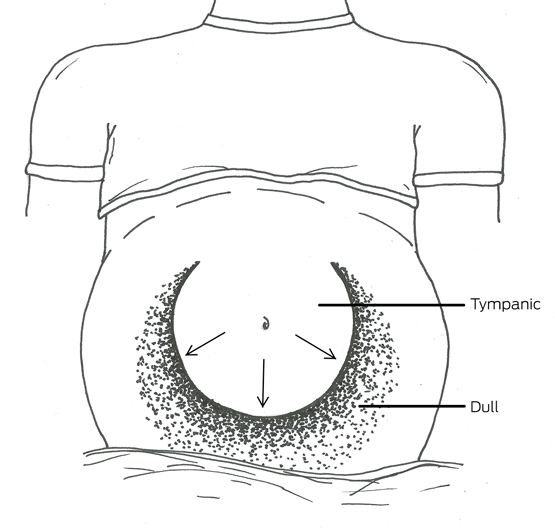The National Heart Foundation guideline has been updated to reflect recent evidence and Australian conditions
Some might think there are too many guidelines on hypertension.1–4 However, given that hypertension is a major risk factor for premature death and disability from cardiovascular disease in Australia and globally,5,6 practitioners need a practical, contemporary and localised guide to best practice. Most countries and their hypertension societies publish their own guidelines. However, these differ for a number of reasons. The data available at the particular time of publication vary. Experts interpret these data differently. To varying extents, guideline development is subject to vested interests, such as governments and other funders wishing to keep down costs, or industry wishing to make treatments available to the widest groups possible.7 The scope of the review can vary from people with uncomplicated hypertension to those with a broad range of complications and comorbidities.
In Australia, we are fortunate that the National Heart Foundation has produced an excellent new guideline (http://heartfoundation.org.au/for-professionals/clinical-information/hypertension) adapted for Australian conditions at a time when knowledge of the field has been moving rapidly.8
One of the first questions concerns who is at risk from hypertension and who warrants active treatment. For some time now, Australian recommendations have followed an absolute risk approach, rather than determining risk on blood pressure alone. The recommended way of assessing this is according to the national guideline on absolute risk developed by the National Vascular Disease Prevention Alliance.9 This predicts risk of a major cardiovascular event or death in the next 5 years based on a modified Framingham equation. Unless blood pressure is very high, it is a better way of identifying someone who will benefit from treatment than blood pressure alone as a single risk factor. It also helps deal with the well known epidemiological paradox that most people who have heart attacks or strokes caused by elevated blood pressure do not meet the conventional definition of hypertension. Systolic blood pressure in the high normal range (130/85–139/89 mmHg) carries risk and this includes a substantial proportion of the population. This applies equally to other risk factors such as blood glucose or lipids. Levels below arbitrary cut-points capture only some of the relevant risk.
However, risk assessed this way is very much influenced by age and is not applicable in young adults (aged under 45 years, or under 35 years in Indigenous Australians) or older adults (aged over 74 years).9
Recent hypertension trials and other guidelines have used several methods of assessing risk, including the presence or absence of target organ damage, clinical indicators such as abdominal girth, tobacco use, low levels of high density lipoprotein.10 What can be concluded is that there are many ways of assessing risk and, if risk is high, people benefit from modification of standard risk factors including blood pressure.
The 2016 guideline offers advice on new areas including out-of-clinic blood pressure measurement using ambulatory or home procedures, white coat hypertension and blood pressure variability. It includes updated evidence on the management of hypertension with comorbidities including chronic kidney disease, diabetes and peripheral arterial disease. There are minor updates to recommendations on first-line and combination pharmacotherapies.
A key area of debate surrounds the revision of treatment targets based on new evidence for a target blood pressure of < 120 mmHg in patients at high risk for cardiovascular events but without diabetes.11 Where supported by evidence, a target of < 140 mmHg is recommended. In other groups where there is supporting evidence, the recommendation is to aim for < 120 mmHg but be cautious about adverse events, especially in older, frail people. The debate is fuelled by the lack of data in particular patient groups but increasingly the clinical trial data are aligning with the epidemiology, with lower blood pressure being associated with better outcomes across the spectrum.12
The holes in the evidence base and shifting ground as new evidence comes forward are not helpful to the individual clinician who wants advice on what to do for a particular patient on a particular day. Further, we know that despite the proliferation of guidelines, most people with hypertension do not achieve the goals of their therapy, irrespective of what country they live in and what guideline is being followed. In future, we need to move the emphasis from large tomes written by expert groups to providing decision support individualised to the patient.
The new guideline also covers emerging evidence on diagnostic and therapeutic aspects of hypertension, including the uncertain role of renal denervation. It will guide management of hypertension in Australia for the immediate future. I commend it to readers of the MJA and thank all those who contributed to its preparation.

 more_vert
more_vert
